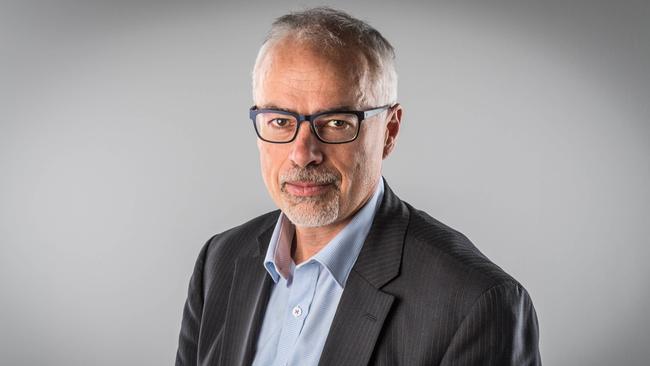COVID-19 hotspots might have to cover entire cities, medics warn
Any nationally defined COVID-19 hotspot may have to cover entire cities, multiple generations of the virus, and take a new phase in tracing.

Any nationally defined coronavirus hotspot will have to consider covering entire cities, medical experts have warned.
As Scott Morrison and the national cabinet consider a nationally agreed definition of what a coronavirus epicentre looks like, the consistency of community transmission and the ability of the COVID-19 virus to spread rapidly outside a cornered zone could be key factors.
Some epidemiologists say the hotspot strategy is too focused on geography and does not reflect how quickly community transmission can spread.
University of Melbourne professor of epidemiology Tony Blakely said a “doughnut effect” in the growth of a hotspot meant the national cabinet would have to potentially block off entire cities, not just suburbs.
“The current problem is a declared hotspot only really reflects new cases from one or two weeks ago,” he said on Friday.
“Think of the hotspot as the middle of a doughnut and the first hotspot is the middle, and it grows quickly to the edges.
“Any hotspot declared may have to be quite big. The best recent example is the lockdown in Auckland, where they made the entire city a hotspot.”
ANU professor of infectious diseases Peter Collignon said the best way to define large hotspots would be to boost the testing of sewage, which has helped in some European countries.
“The size of these hotspots are the trouble. Unless it’s a country town, you are looking at large geographic areas where people are intermingling like Melbourne and regions of Sydney,” he said.
“That’s where sewage testing can come in — and has been so successful in places like Holland. Unlike people-testing, you are picking up those high levels of coronavirus a lot earlier. It doesn’t work with very small spreads, but it can detect those huge spikes in community transmission.”
UNSW professor of biosecurity Raina MacIntyre said a hotspot should primarily be based on whether there are at least three “generations” of the virus.
“It’s not a family of 12 coming home from overseas and two people getting sick, or a returned traveller giving the virus to grandma. That wouldn’t qualify as a hotspot,” she said.
“It’s the virus passing from one person, to another, to another in a three-month period. Demonstrating a sustained transmission is the key to a hotspot.”




To join the conversation, please log in. Don't have an account? Register
Join the conversation, you are commenting as Logout